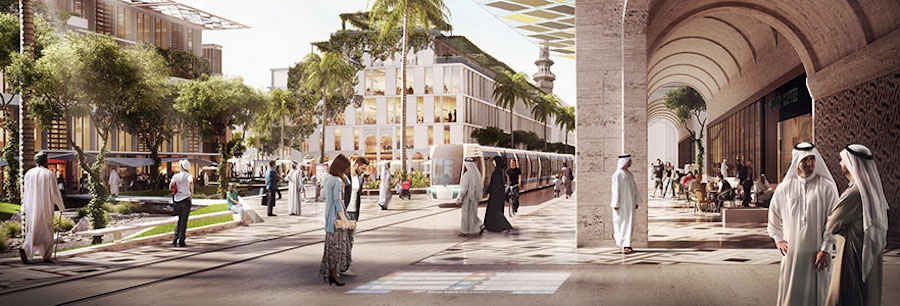
Cities are our future. Urban populations are growing globally and cities are the logical answer to using land and resources in a sustainable manner. ‘Smart cities’ is now a widely used term, highlighting the role technology can play in solving these land, resource and related urban development challenges.
Whilst I do believe that technology, however unpredictable, will lead to more efficient cities, we must ensure that the human dimension is not lost in this quest. As we inch ever closer to the technological singularity we mustn’t ignore the impact technology has on human interaction. We must retain the value that public space has traditionally had in our cities.
For much of the past 20 years or so people across the globe have been busy reclaiming public space back from the car – the technological innovation that largely shaped cities in the 20th century. Now we find ourselves in an era where smart cities, open data and the internet of things are set to transform and shape city building in the 21st century – this time we must ensure that humans are central to our city building efforts.
Many Thoughts articles identify the value of space to human interaction and the role of grit and chance in making cities attractive. But in a world in which ‘smart’ is the buzz word and efficiency is (rightly) a principle to strive for, we run the risk of losing the opportunity for real social encounters.
From our partners:
Humans are ultimately social animals that have evolved from living in small groups to now living in ever larger and connected cities. Our city streets and squares are spaces for human interaction, and as Jan Gehl and other urban thinkers note are integral to the quality and livability of any city. There is a growing body of research that supports this hypothesis and the negative impact that social media has on our mental wellbeing.
The enthusiasts for smart city initiatives often also point to the potential to foster innovation, bringing together new technological possibilities by blending data-sets and networks. But innovative thoughts don’t thrive in isolation. Innovation often requires shared spaces and chance encounters but apps like FourSquare and Citymapper are eroding serendipity from our city experiences. These rational algorithms reduce public space’s role as a theatre of chance encounters.
I believe that space for human interaction must become a key objective and measure in the development of smart cities. There is an opportunity to reinvent the market square or village green as a place where humans interact with big data, the internet of things and most importantly other humans to facilitate innovation. Without real physical and social interaction it’s hard to see how these valuable-human “collisions” (as Zappos.com CEO Tony Hsieh calls them) will still take place.
“We as makers of cities must therefore ensure that a brave new world does not deprive but encourages its residents to retain that messiness that fosters chance encounters and real social interaction.”
This feature is written by Hrvoje Cindric and originally appeared in Arup.

















